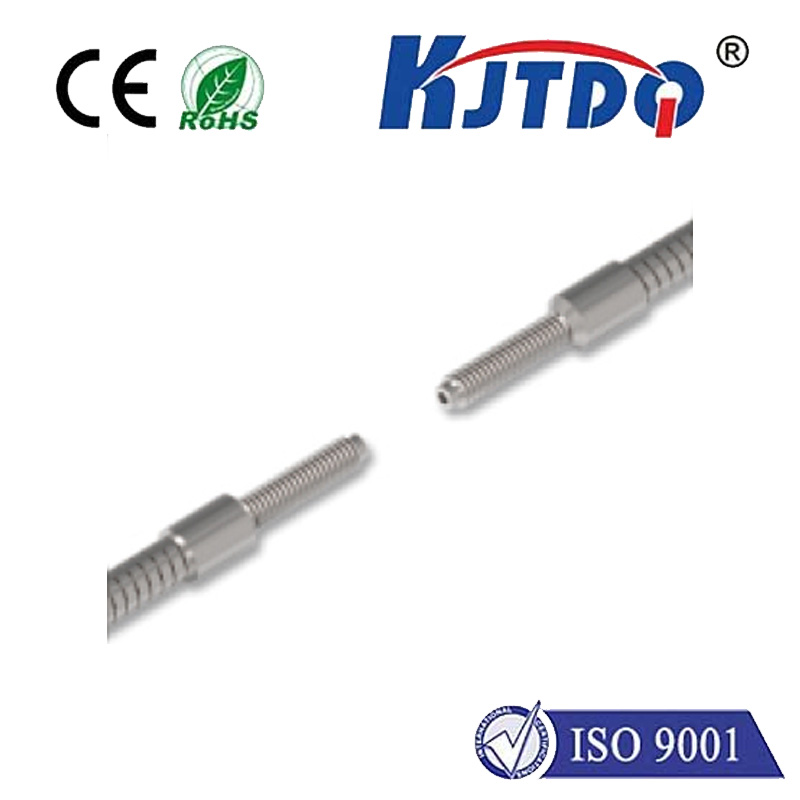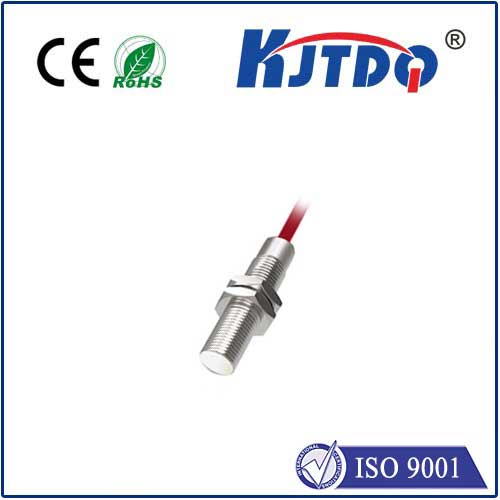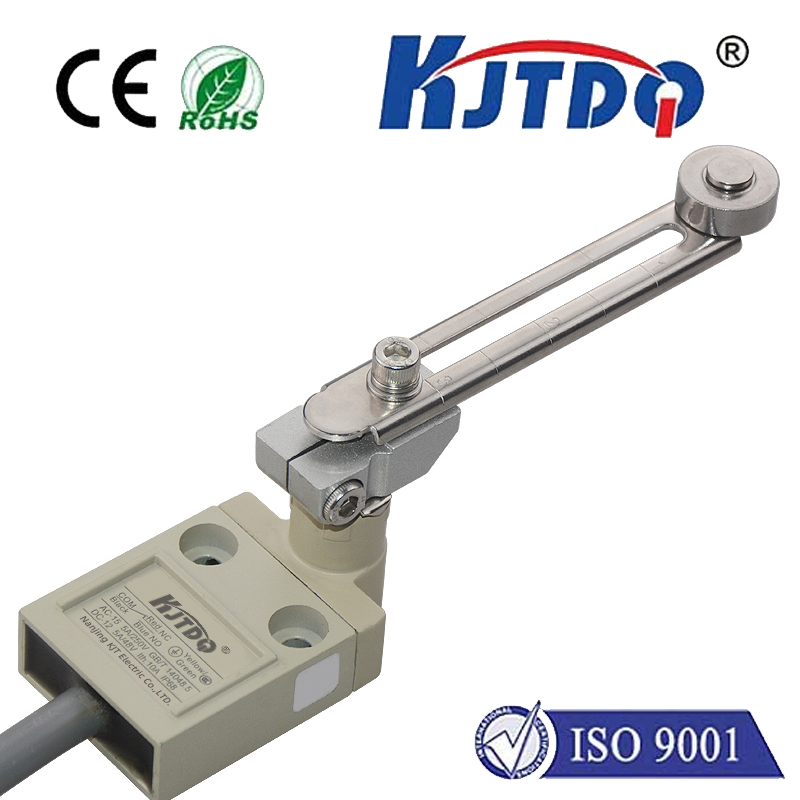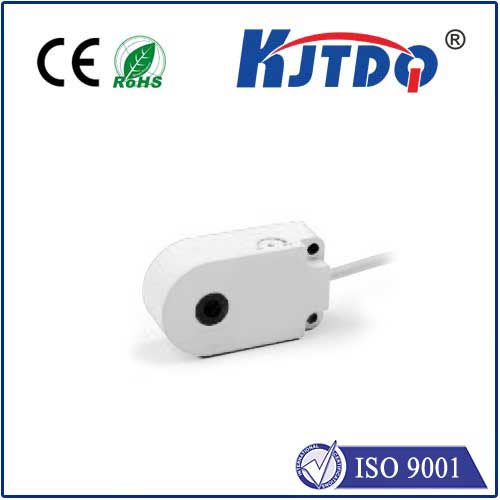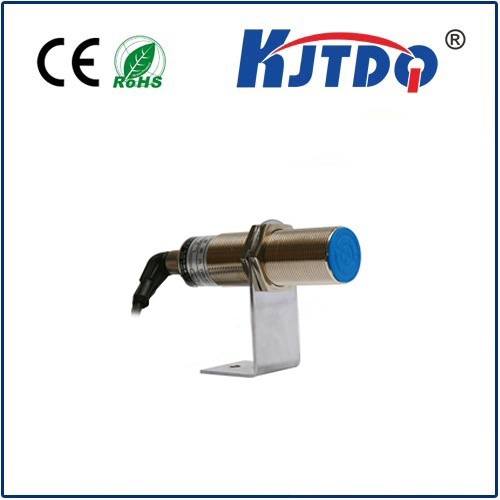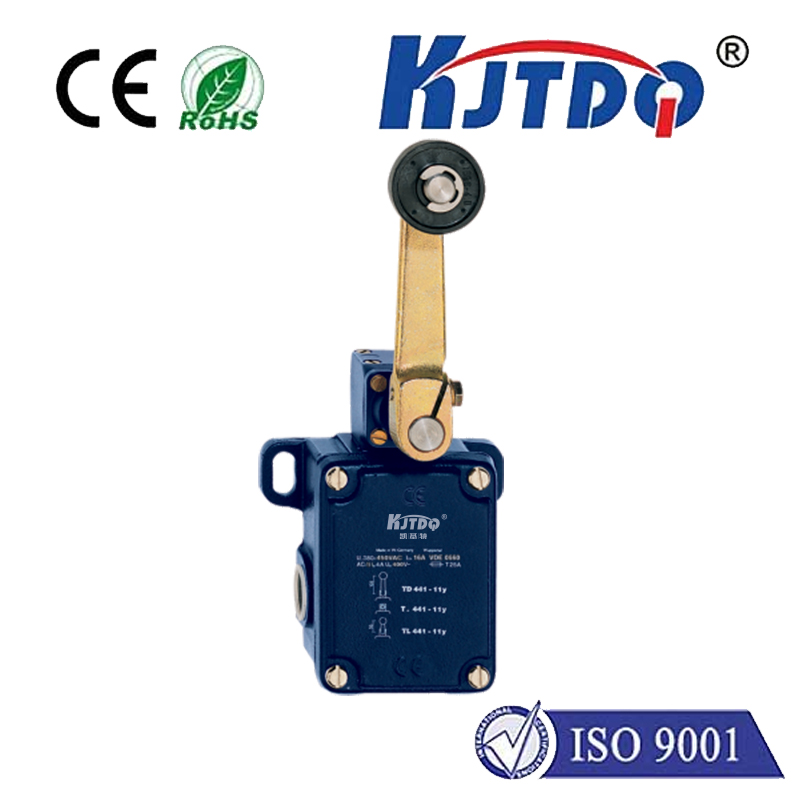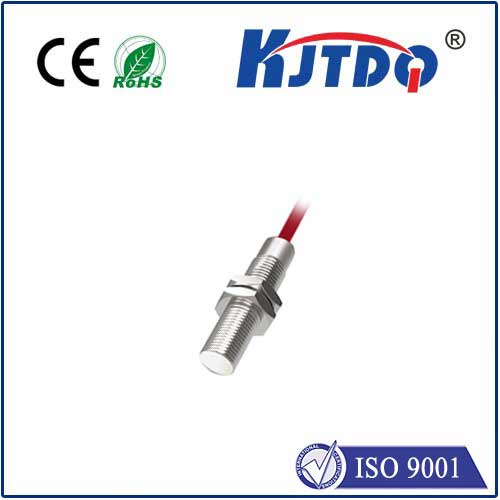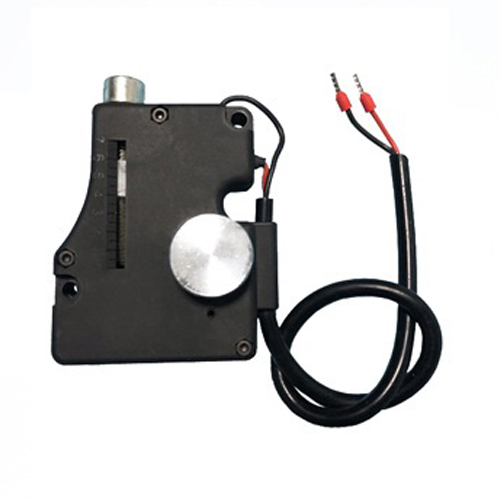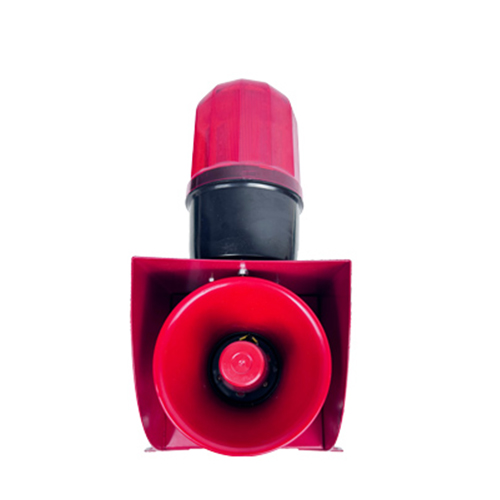E2E-X5MF1-Z 2M proximity sensor
- time:2025-09-23 02:23:46
- Click:0
Unlock Precision & Reliability: Your Guide to the E2E-X5MF1-Z 2M Proximity Sensor
Ever grapple with unreliable object detection slowing down your automated processes? Or need a sensor that simply works, day in and day out, amid dust, vibration, or coolant splashes? Finding a sensing solution that combines pinpoint accuracy with rugged dependability is paramount in automation. This is where purpose-built components like the Omron E2E-X5MF1-Z 2M proximity sensor shine, offering a proven answer for countless industrial positioning and presence detection tasks.
Understanding the E2E-X5MF1-Z 2M: More Than Just a Name
At its core, this alphanumeric designation isn’t random; it’s a precise descriptor packed with meaning:
- E2E: This identifies the sensor as part of Omron’s renowned E2E shielded cylindrical inductive proximity sensor series.
- X5: Indicates the specific housing size and threading – in this case, a compact M12 diameter. This size is incredibly popular and versatile for a huge range of machinery and equipment.
- M: Signifies the sensing distance. For the E2E-X5 model, “M” typically translates to a reliable 2mm rated sensing distance. This balanced range offers good detection capability without excessive vulnerability to unintended triggering.
- F1: Denotes the connection type. “F1” explicitly means the sensor comes with a pre-attached PVC sheathed cable, providing ease of installation and strain relief. This is a crucial factor for field wiring and sensor longevity.
- Z: This identifies the output type. “Z” represents an NPN output configuration, operating with a normally open (NO) contact logic. This is one of the most common output types globally, compatible with a vast array of PLCs and controllers.
- 2M: Simply specifies the cable length – 2 meters. This offers substantial reach for flexible routing within control panels or machinery frames, often eliminating the need for immediate extensions.
Therefore, the E2E-X5MF1-Z 2M is an M12 threaded, shielded inductive proximity sensor with a 2mm sensing range, NPN NO output, and a ready-to-connect 2-meter cable. It’s engineered for robust, non-contact detection of metallic targets.

Why Inductive Proximity Sensors? The Core Advantage
Unlike optical or capacitive sensors, inductive proximity sensors like the E2E-X5MF1-Z 2M work by generating an electromagnetic field. When a metallic object enters this field, it induces eddy currents within the target, causing a detectable change in the sensor’s internal oscillation circuit. This change triggers the sensor’s output. This principle grants them significant advantages:
- Robustness: Immune to dust, dirt, oil, water splashes, and other environmental contaminants that plague optical sensors. There’s no lens to clean or obscure.
- Non-Contact Sensing: Physical contact with the target is unnecessary, eliminating wear and tear and allowing for high-speed detection.
- Long Service Life: With no moving mechanical parts to wear out (except potentially the output switching element over millions of cycles), they offer exceptional durability.
- High Switching Frequencies: Capable of detecting very fast-moving objects or rapidly changing positions.
- Cost-Effectiveness: Generally offer a favorable balance of performance and price for metallic object detection.
Dissecting the Capabilities of the E2E-X5MF1-Z 2M
Beyond its basic specs, this specific model packs features designed for demanding industrial environments:
- IP67 Protection Rating: This critical specification guarantees resistance against dust ingress and temporary immersion in water (up to 1m for 30 minutes). It can withstand washdowns, exposure to coolants, and operation in damp or dirty conditions, making it ideal for manufacturing floors, food processing, and outdoor equipment.
- Shielded Design: The electromagnetic field is focused on the front face of the sensor. This minimizes the impact of surrounding metal (like mounting brackets or machine frames) and allows for flush mounting – installation so the sensor face is level with surrounding metal structures. This is essential for compact designs or where sensors need protection.
- Operational Temperature Range: Designed to perform reliably across a broad industrial temperature range, typically -25°C to +70°C (-13°F to +158°F), ensuring stability in diverse climates and processes.
- Short-Circuit and Reverse Polarity Protection: Built-in safeguards help prevent damage due to accidental wiring errors or electrical faults, enhancing overall system reliability and reducing downtime.
- LED Status Indicator: An integrated LED provides visual confirmation of the sensor’s operational state (power on/target detection), simplifying troubleshooting and setup verification on the machine itself.
Where the E2E-X5MF1-Z 2M Makes a Tangible Impact
The combination of small size, standardized M12 thread, reliable 2mm sensing, robust IP67 protection, and a convenient 2m cable makes this sensor incredibly versatile. Common applications include:
- Position Verification: Confirming the presence or absence of parts on conveyors, pallets, fixtures, or slides. (Is the workpiece correctly loaded before machining?)
- End-of-Travel Detection: Sensing when a cylinder piston or linear actuator has fully retracted or extended. (Has the clamp closed completely?)
- Machine Tooling: Monitoring tool positions, detecting broken tools (if metal is involved), or confirming part clamping.
- Material Handling: Detecting metal cartons, bins, or components on automated guided vehicles (AGVs) or conveyor systems. (Is the bin in position for unloading?)
- Packaging Machinery: Verifying the presence of metal lids, cans, or foil seals.
- Hydraulic/Pneumatic Systems: Sensing piston position within cylinders.
- Robotics: Detecting proximity for gripper positioning or end-of-arm tooling actions. (Has the robot gripper reached the part?)
Installation Simplicity: Getting It Right
Deploying the E2E-X5MF1-Z 2M is straightforward:
- Mounting: Screw the sensor into an M12 threaded hole using a wrench on the hex flats provided near the sensor body. Ensure proper torque to avoid damage – consult the datasheet for specifications. Remember, its shielded nature allows for flush mounting against metal surfaces.
- Wiring: Connect the pre-attached 2-meter cable according to the NPN NO configuration:
- Brown Wire: Connect to the positive DC supply voltage (typically +12V or +24V).
- Blue Wire: Connect to the negative DC supply voltage (0V/Ground).
- Black Wire: This is the NPN output signal wire. It connects to your PLC input or controller. When a target is detected, the black wire switches to low (near 0V relative to Blue) relative to






